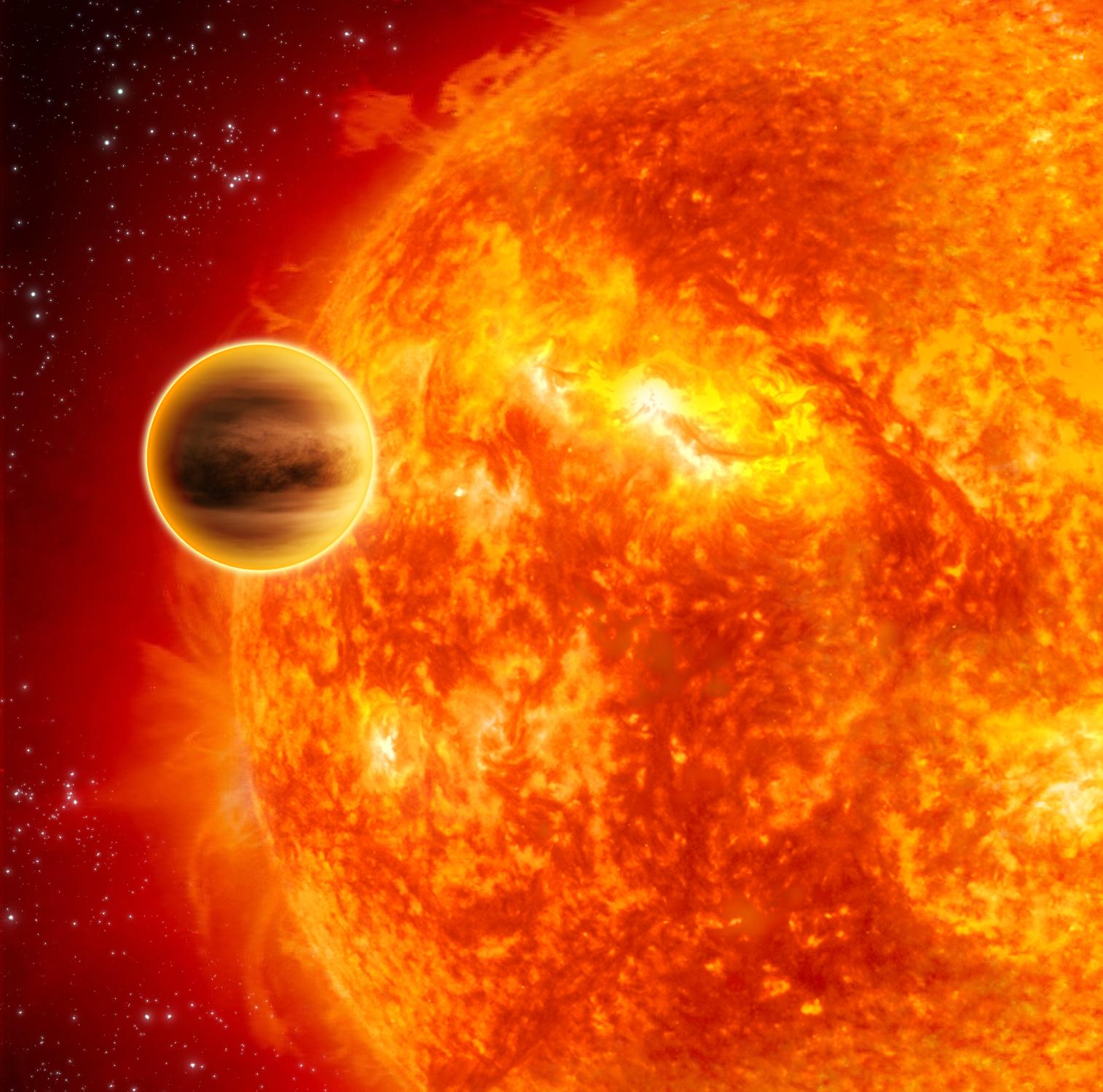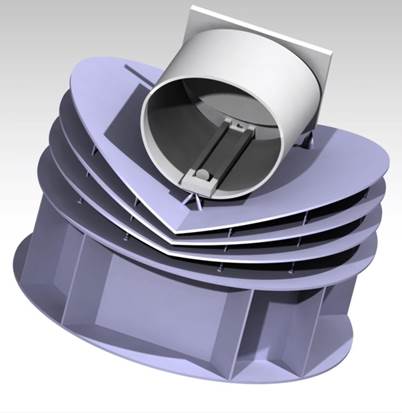An ambitious European mission is being planned to answer fundamental questions about how planetary systems form and evolve. ARIEL will investigate the atmospheres of several hundreds planets orbiting distant stars. It is one of three candidate missions selected last month by the European Space Agency (ESA) for its next medium class science mission, due for launch in 2026. The ARIEL mission concept has been developed by a consortium of more than 50 institutes from 12 countries including the Netherlands. The mission will be presented today at the Pathways 2015 conference in Bern, Switzerland.

“The essential nature of exoplanets is still something of a mystery to us: despite finding nearly 2000 exoplanets we haven’t yet found any discernible pattern linking the presence, size or orbital parameters of a planet to what its parent star is like,” said SRON-researcher Michiel Min. “If we are going to answer questions, such as how is the chemistry of a planet linked to the environment in which it forms, or is its birth and evolution driven by its host star, we need to study a statistically large sample of exoplanets. This is what ARIEL is designed to do.”
Hot jupiters and super-Earths
During its 3.5-year mission, ARIEL will observe over 500 exoplanets ranging from hot-Jupiters to super-Earths in a wide variety of environments. While some of the planets observed may be habitable, the main focus of the mission will be on exotic, hot, giant planets in orbits very close to their star, or orbiting stars much brighter than our Sun.
Hot exoplanets represent a natural laboratory in which to study the chemistry and formation of exoplanets. In cooler planets, different gases separate out through condensation and sinking into distinct cloud layers. The scorching heat experienced by hot exoplanets overrides these processes and keeps all molecular species circulating throughout the atmosphere.
“A well-mixed atmosphere means that it’s much easier to see the overall composition of the planet. A full understanding of the chemistry of a planet will allow us to understand its formation and evolution during the first few million years of its life,” said Min.

Facts and figures
ARIEL (Atmospheric Remote-Sensing Infrared Exoplanet Large-survey) will have a meter-class mirror to collect infrared light from distant planetary systems and to focus it to a spectrometer. This will spread the light into a “rainbow” and extract the chemical fingerprints of gases in the planets’ atmospheres, as the planet passes in front or behind the star.
ARIEL will be placed in orbit at Lagrange Point 2 (L2), a gravitational balance point beyond the Earth’s orbit, where the spacecraft is shielded from the Sun and has a clear view of the whole night sky. The budget is less than 450 milion euros; ARIEL is to be launched with an Ariane 6-2 rocket. More information about the ARIEL consortium.
Contribution SRON
When the mission is finally selected SRON will contribute to the analysis of the scientific data. The institute also develops state-of-the-art integrated read-out electronics for Ariels infrared detectors.


